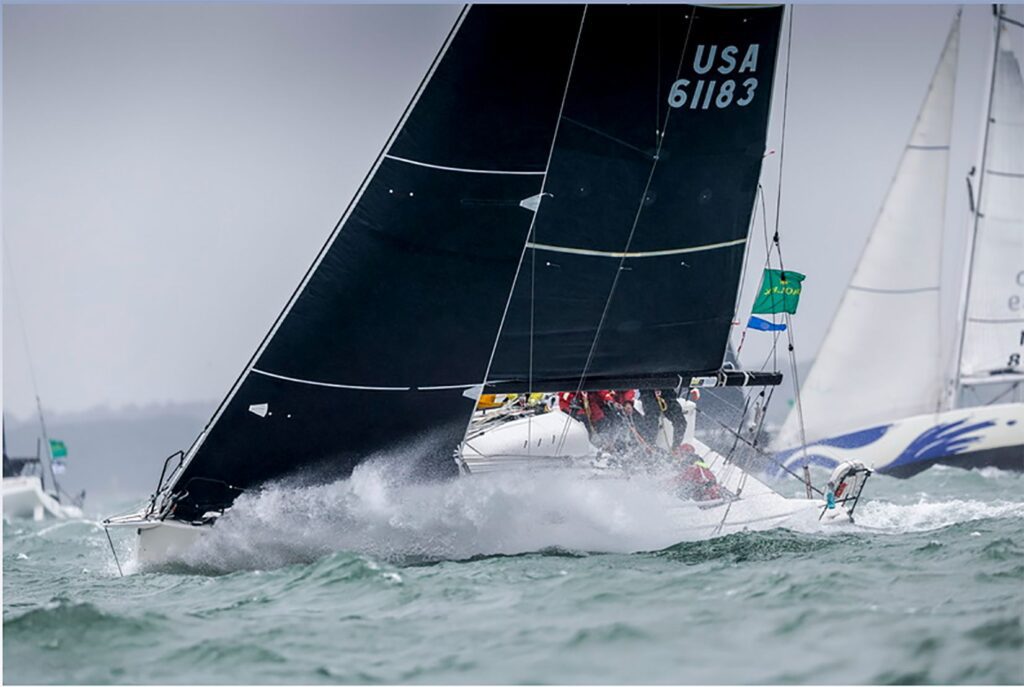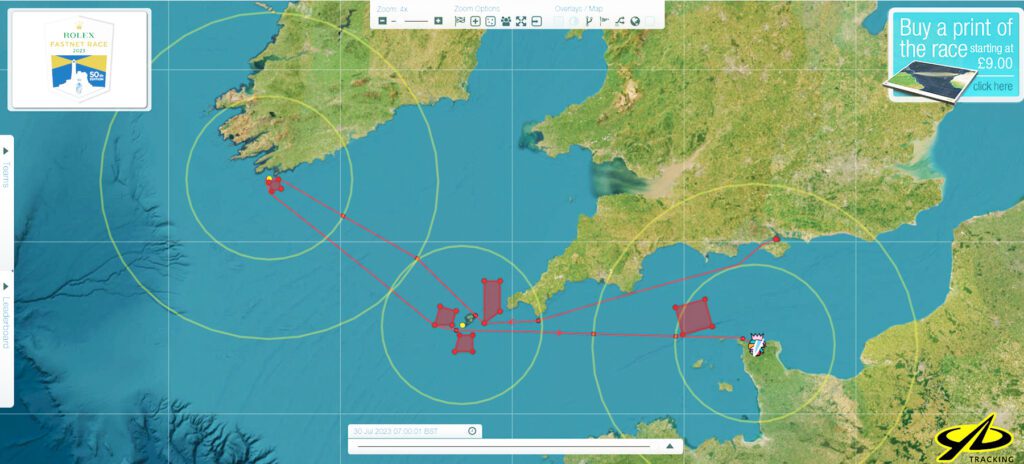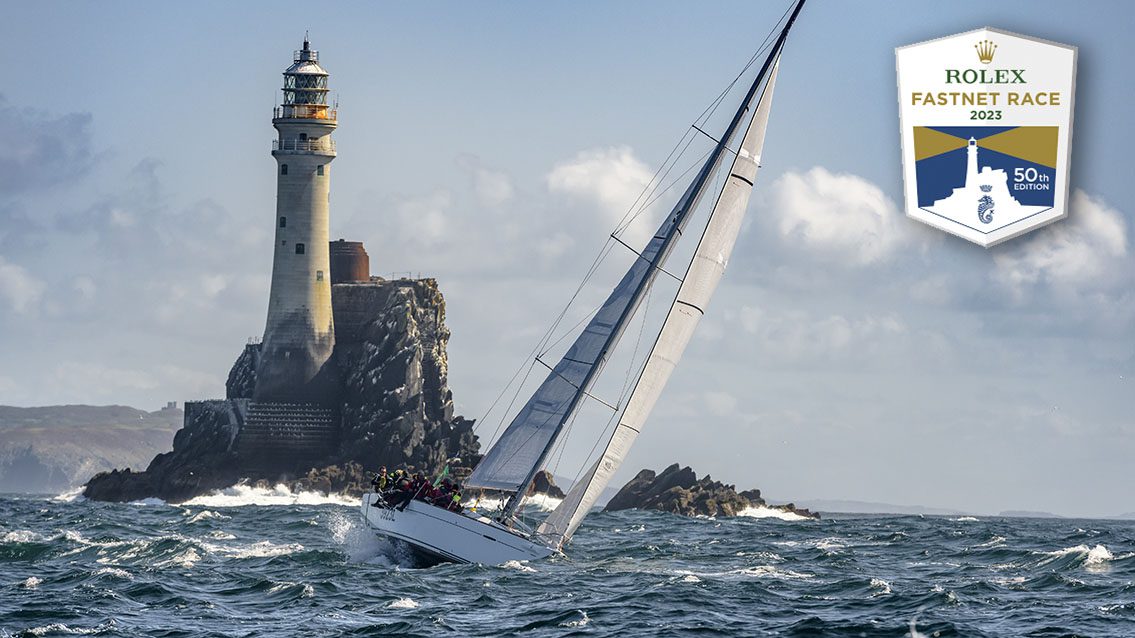![]()
By Buttons Padin
Offshore sailing is one of the most challenging and exhilarating sports in the world, demanding skill, stamina, and courage from those who take part. For sailors, there is nothing quite like the feeling of being out on the open sea. But while offshore sailing can be a thrilling and rewarding experience, it is also dangerous, with sailors facing a range of hazards that can put their lives at risk. One of the most notorious incidents in the history of offshore sailing is the 1979 Fastnet Race, a race of approximately 700 miles from the English Channel across the Irish Sea and back.
On August 11, 1979, a storm with hurricane-force winds hit the yachts competing in that race, causing chaos and devastation. In that race, 75 boats capsized, 5 sank, and 15 sailors lost their lives. Of the 303 yachts that started the race, only 86 finished. The tragedy led to significant changes in the sport, including the development of better communications, weather forecasting, and navigation technologies, improved safety equipment, and more rigorous regulations.
The 2023 edition of the Fastnet Race was also one for the record books. Although no lives were lost, the winds and sea conditions presented extremely difficult and hazardous conditions for the participants. Local sailor Peter McWhinnie aboard his racing his JPK 1080 IN THEORY found himself faced with a difficult decision as skipper. Here’s Pete’s story in his own words:
Offshore sailors embrace discomfort. Perhaps that explains the picture adorning a wall in my home. It is a screen grab from the 2023 Rolex Fastnet Race tracker showing IN THEORY in a small pack leading the 90-boat IRC 2 Class as they beat their way down the English Channel. It is a painful reminder of what might have been.

Moments later the tracker would show IN THEORY turning 180 degrees and heading back towards the relative safety of the Solent, having retired from the race.
With over 470 entrants, the 50th Fastnet Race set a record as the largest offshore race ever. While it won’t go down as the most violent (the 1979 Fastnet claimed 15 lives), it got off to a brutal start, with 30-40 knot winds whipping against the current in the English Channel to create 12–15-foot waves that battered the fleet.
We took second class win in the Caribbean 600 earlier this year, proving we are fast in the rough conditions; but after the start of this year’s Fastnet, the VHF provided an unsettling backdrop of Mayday calls and helicopter rescues. One boat sank, several others lost their masts, and many reported injuries. Our crew narrowly avoided disaster when a breaking wave threw our helmsman over the leeward lifelines. He was tethered to the boat and managed to climb back onboard before his crewmates reached him, but not before being dragged in the frigid Channel for a few anxious moments.

The crew pushed on until dusk, but with waves regularly breaking over the boat, darkness making it even harder to steer the boat safely, and still stronger winds expected overnight, we collectively made the difficult decision to turn back.
The reaction from those following at home mixed relief with praise. “Rule #1: make it home,” was a common theme. The crew agreed we made the right call, but with half of the smaller boats in IRC 1 going on to finish, it didn’t make that decision any easier.
Now, next to that picture on the wall is another photo of the mystical Fastnet Rock itself under which is written “2025”. Oh yeah, we’ll be back!

